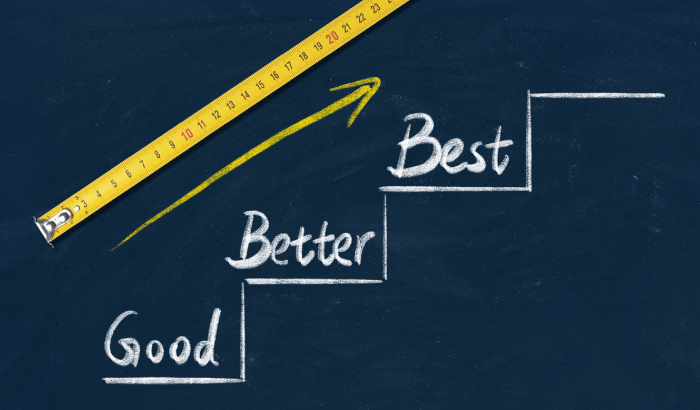A performance perspective is a great place to start, but getting to a performance ecosystem environment doesn’t happen overnight. As with many substantive shifts, it takes the elements of change: a vision, a plan, implementation, adaptability, and persistence. In short, it’s an organizational change requiring a strategy. It may start in L&D, but it ultimately needs to be more broadly supported by the various stakeholders.
The vision is pretty clear: it’s about focusing on the outcomes. That is, what is wanted is to assess performance and improve where it’s needed. That means looking at the core tasks, identifying gaps, targeting interventions, and assessing outcomes. This includes having the necessary information in the head and in the world, supported with appropriate technologies.
Organizational Change
As suggested above, organizational change is the long-term approach. Yet, despite controversy around what percentage of such initiatives are (or are not) successful, there are some necessary steps. This includes scale, timeline, feedback loops, and more.
The change model attributed to Virginia Satir suggests that change leads to a big disruption and lowered performance before ultimately leading to better outcomes. It has been suggested that smaller changes aggregated over time may be more disruptive than large-scale changes.
The term ‘trojan mouse’ has come to mean small experiments that explore opportunities for change. From a performance perspective, that can mean focusing on small changes that aggregate. It is certainly worth considering starting with trying out changes within L&D to get them working before taking them to the broader organization. L&D should master and own strategies like measurement, experimentation, working out loud, effective brainstorming, and more.
To Begin with
While some might quibble, it seems like starting with measurement is the biggest opportunity to catalyze change. As the saying goes “What’s measured, matters”. Once you start measuring what you’re doing, you start to see whether it’s being done well or whether there is room for improvement. That is likely to drive improvements in learning design, foster looking to other performance improvement methods, and generally serve as a catalyst for a shift.
A worthwhile investment in the shift is an oversight. Governance has both practical and strategic benefits. For one, getting stakeholders involved includes them in the solution. Having others check your work is consonant with a performance perspective as well. Determining the members, process, and metrics for a governance body puts a stake in the ground about your commitment.
After getting the basics down within L&D, taking it outward benefits from being strategic as well. Look for the eager early adopters who will partner with you for this approach. Their willingness to share data is an essential part of both the process and for leveraging success.

Ongoing
The necessary steps won’t feel natural from the get-go. It takes time to adopt new ways of thinking and working. Peter de Jager, in his Pocketful of Change, lays out some sensible steps for managing change.
For one, he advocates for making the change a choice. People don’t resist change, according to him (using examples like changing jobs, getting married, having kids), but instead resist change that’s foisted on them. Making the recipients part of the solution process, or giving them your ultimate choice and allowing them to choose whether to remain status quo or opt for a change, is suggested. The latter should be able to be done in a way that secures initial commitment if the change truly is a step forward.
Of course, despite our best motivations, commitment can be flagged. de Jager recommends, in addition to the usual steps of evangelism and support, having not only a team for the expected problems but one ready for the unexpected barriers.
Ultimately, such a shift will be a necessary component of creating an organization that not just survives but thrives. Preparing before it’s necessary is a smart choice.
Embracing a performance-driven strategy is not just about survival; it’s about creating an organization that thrives. The journey requires a strategic vision, persistent efforts, and a commitment to ongoing improvement. By focusing on outcomes, fostering organizational change, and starting with meaningful measurement, you lay the foundation for a robust performance ecosystem. For a deeper dive into these concepts and practical strategies, download our eBook, Rethinking Learning: Focus on Performance.
















